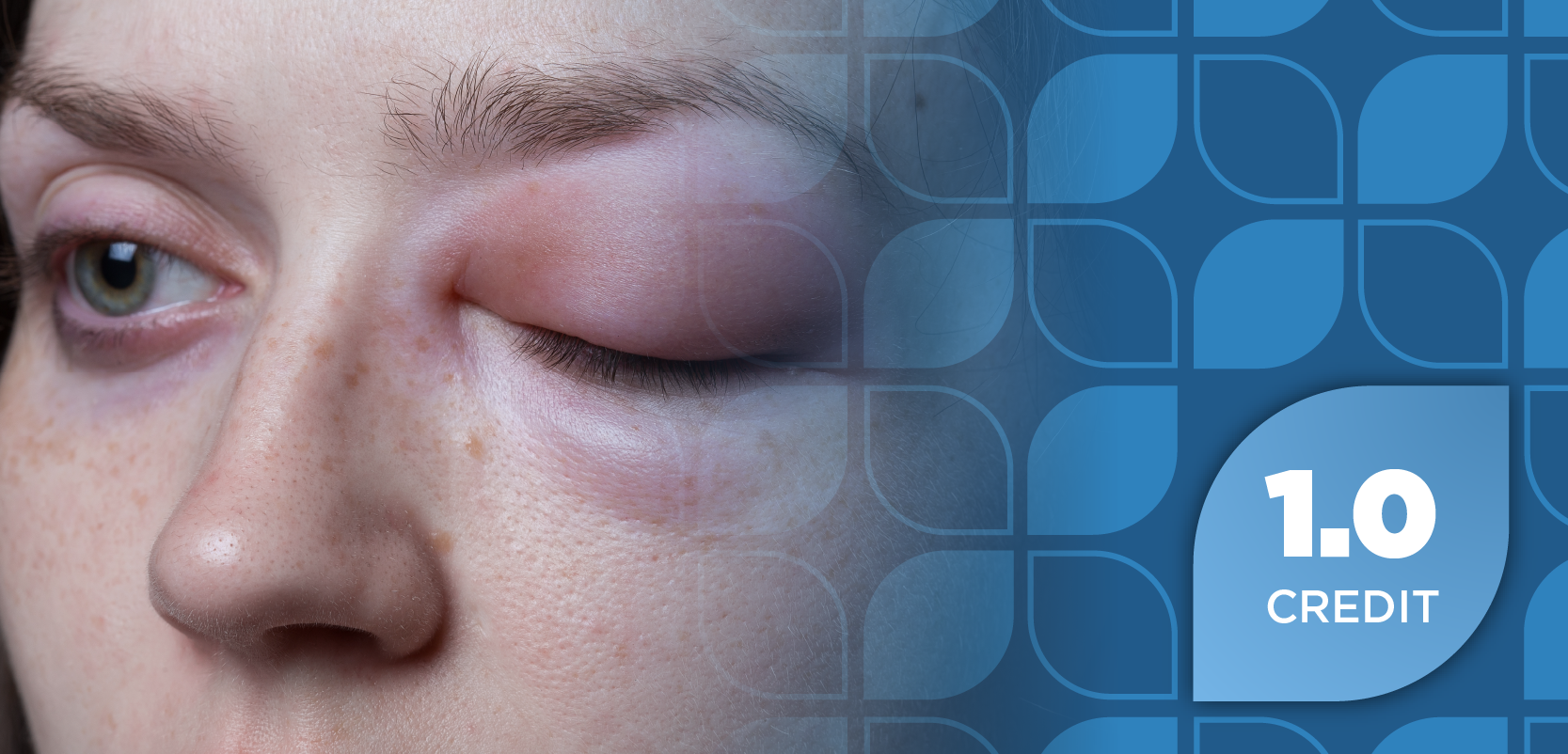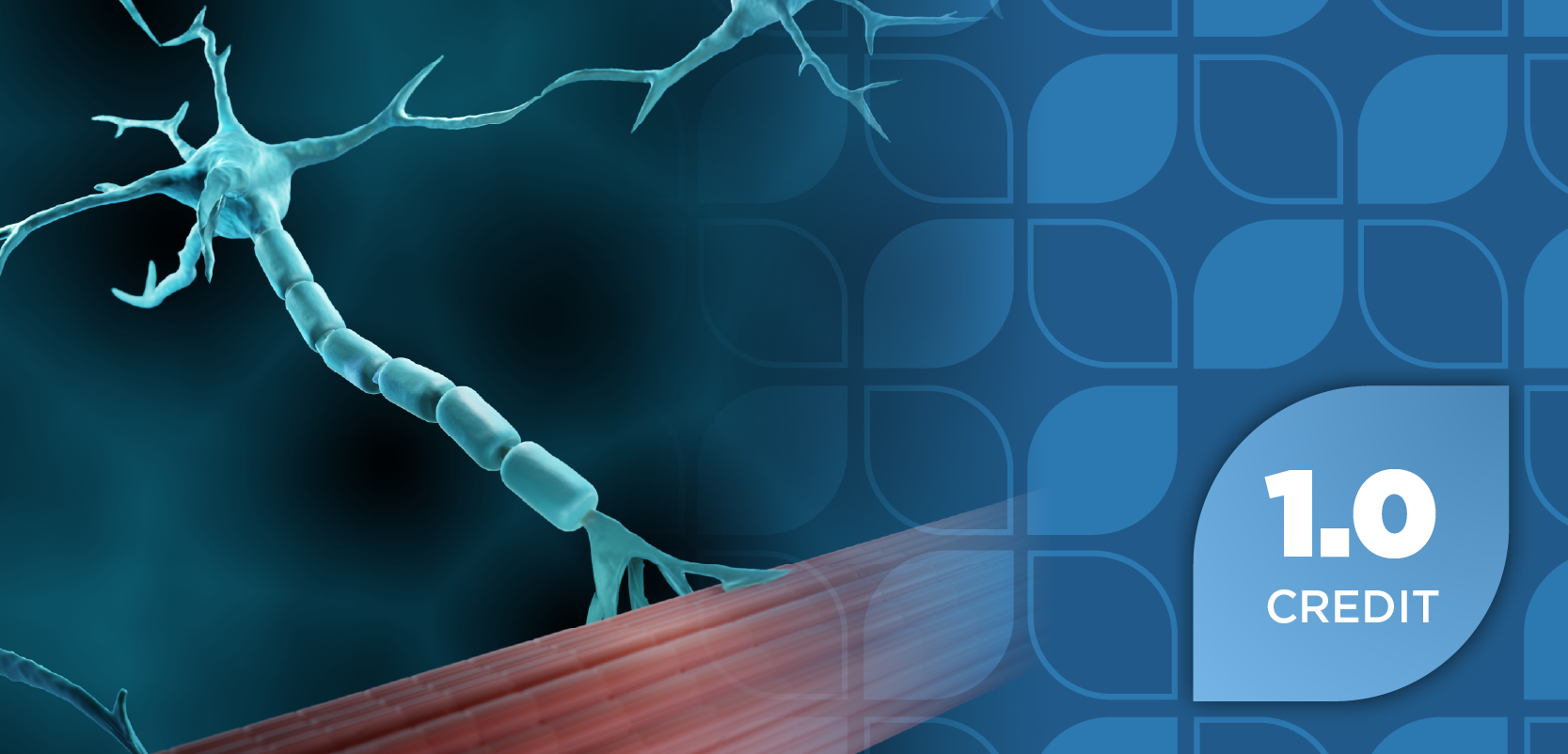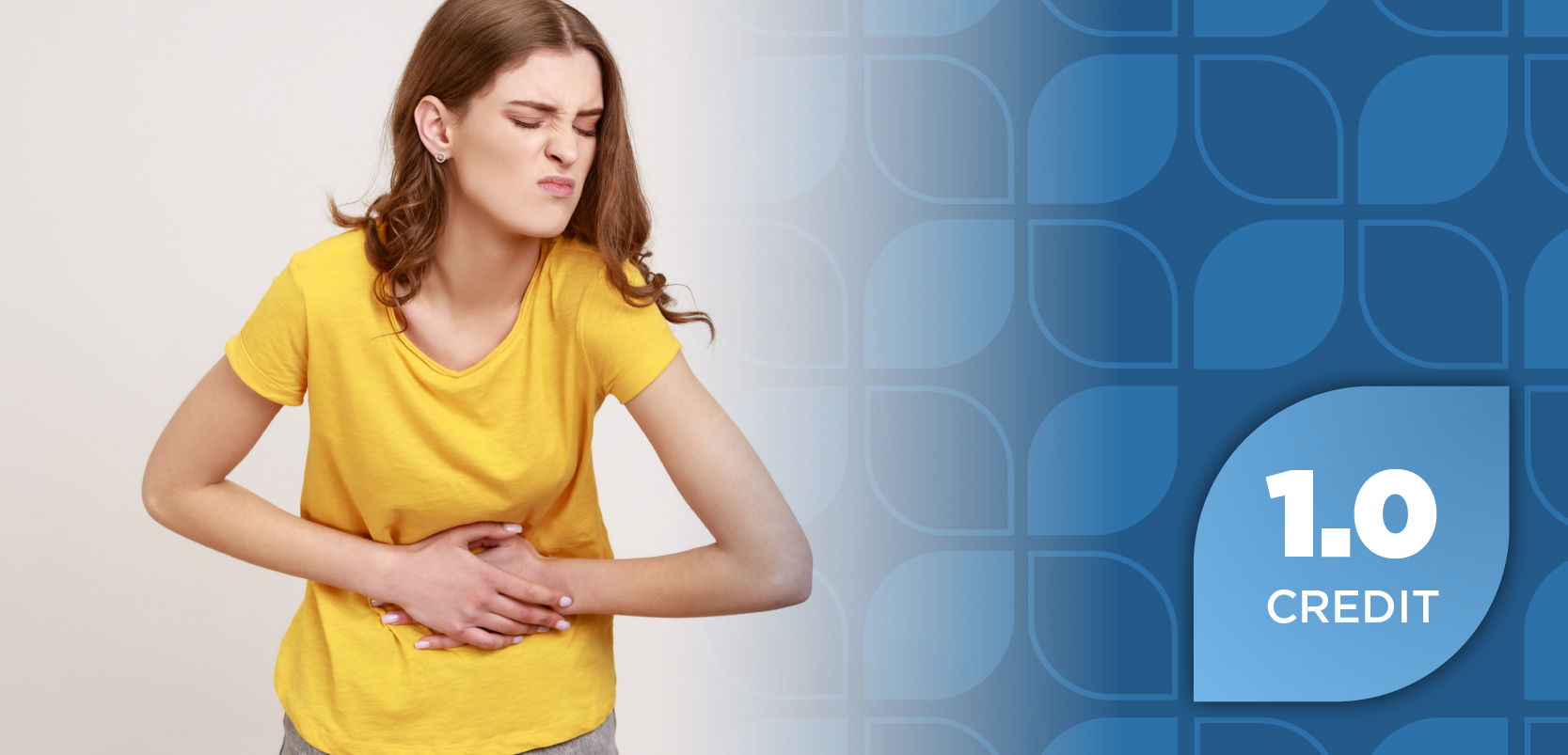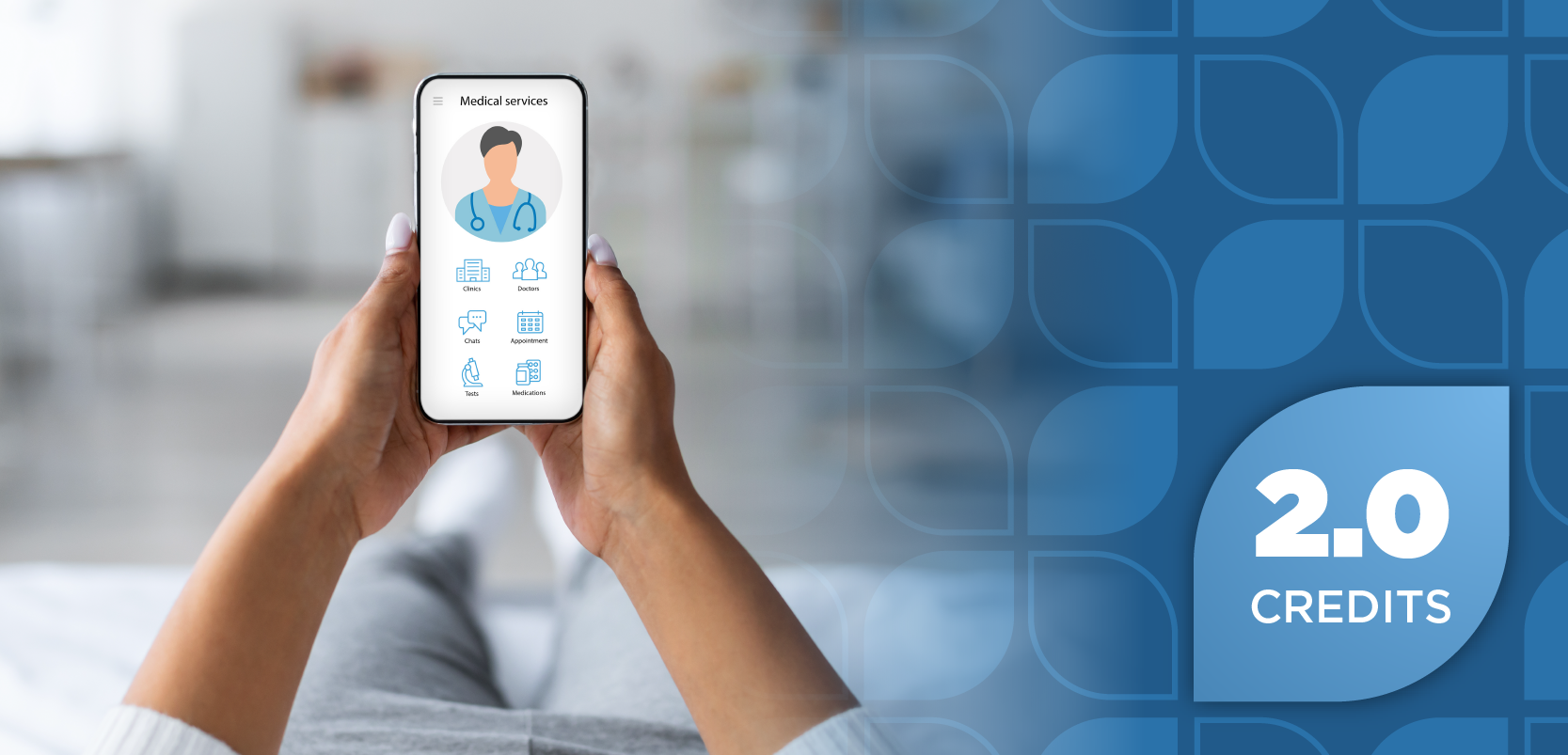|Videos|January 20, 2021
Acute and Preventive Therapy for Migraine
Key opinion leaders discuss the differences between acute and preventive treatment in migraine, clinical guidelines and treatment selections, and options for migraine management and prevention.
Advertisement
Newsletter
Stay ahead of policy, cost, and value—subscribe to AJMC for expert insights at the intersection of clinical care and health economics.
Advertisement
Related Articles
 Rapid Therapeutic Effects Seen With a JAK Inhibitor
Rapid Therapeutic Effects Seen With a JAK InhibitorSeptember 17th 2025
 SALT Scoring for Alopecia Areata
SALT Scoring for Alopecia AreataSeptember 17th 2025
 The Potential Role of Screening for Atrial Fibrillation
The Potential Role of Screening for Atrial FibrillationSeptember 16th 2025
 Remote Patient Monitoring and Artificial Intelligence
Remote Patient Monitoring and Artificial IntelligenceSeptember 16th 2025
 Access, Adaptation, and Cost-Effectiveness in AD Treatment
Access, Adaptation, and Cost-Effectiveness in AD TreatmentSeptember 12th 2025
Latest CME
Advertisement
Advertisement
Trending on AJMC
1
Cumulative Atropine Not Associated With Increased Risk of Ocular Events in Children With Myopia
2
West Coast Health Alliance Releases First Vaccine Guidelines, Aiming to Replace CDC Recommendations
3
Hospitals in Underserved Communities Less Likely to Adopt Health Information Technology
4
Sotatercept Shows Right Heart Gains in PAH: Anjali Vaidya, MD
5


























































